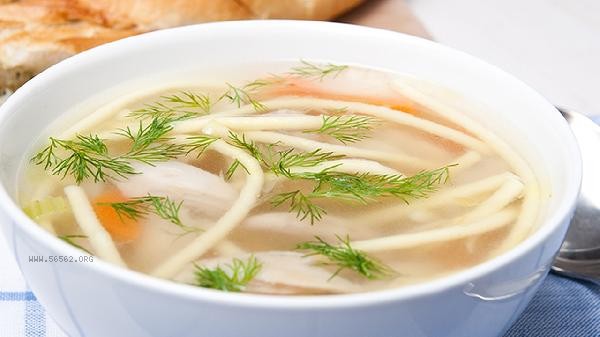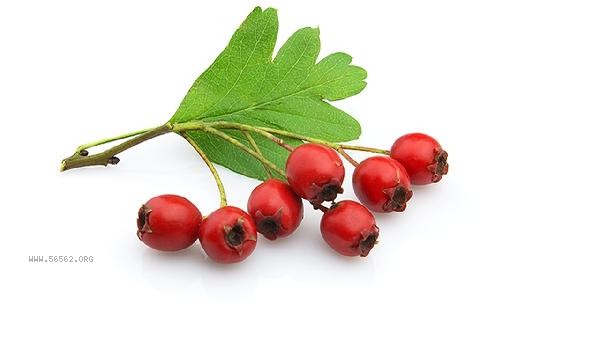Low carbon foods usually refer to foods with low carbohydrate content, mainly including green leafy vegetables, mushrooms, soy products, nuts and seeds, animal protein, etc.

1. Green leafy vegetables
Spinach, rapeseed, lettuce and other green leafy vegetables have extremely low carbohydrate content, usually not exceeding 5 grams per 100 grams. This type of food is rich in dietary fiber and vitamin K, which helps to slow down blood sugar rise and is suitable as a basic ingredient for a low-carbon diet. When cooking, it is recommended to use quick stir frying or cold mixing methods to avoid prolonged high temperature damage to nutrients.
2. Mushrooms
Edible mushrooms such as shiitake mushrooms, enoki mushrooms, and shiitake mushrooms generally have a net carbon water content of less than 3 grams per 100 grams. Fungi contain special polysaccharides and abundant minerals, which can provide satiety without significantly affecting blood sugar levels. Attention should be paid to the professional identification of wild mushrooms to avoid ingesting toxic species.
3. Soybean products
Bean curd, soybean milk, natto and other soybean products are high-quality sources of vegetable protein. Traditional tofu contains about 2-3 grams of carbon water per 100 grams. Fermented bean products also contain probiotics, but it should be noted that some seasoned dried tofu may be added with sugar, and the nutritional composition table should be checked when selecting.

4. Nut Seeds
Almonds, walnuts, flaxseed and other nut seeds have significant differences in carbon and water content. Almonds contain about 6 grams of carbon and water per 28 grams, of which 3 grams are dietary fiber. Although it has a high fat content, it is rich in unsaturated fatty acids and magnesium, and the recommended daily intake is within 30 grams.
5. Animal Protein
Animal foods such as fish, poultry, and eggs contain almost no carbohydrates, while salmon, eggs, and others provide high-quality protein and essential fatty acids. When choosing, priority should be given to low-fat cooking methods such as steaming and stewing, and red meat intake should not exceed 500 grams per week.

Implementing a low-carbon diet requires attention to nutritional balance, and long-term strict carbon and water restrictions may affect gut microbiota and exercise performance. Suggest pairing with moderate amounts of low GI fruits such as berries to supplement with vitamin C and antioxidants. Special groups such as pregnant women and patients with diabetes should adjust their diet structure under the guidance of nutritionists to avoid sudden changes in diet habits leading to metabolic disorders. Daily carbon and water intake can be monitored through food scales and diet recording apps, gradually establishing a sustainable and healthy eating pattern.








Comments (0)
Leave a Comment
No comments yet
Be the first to share your thoughts!